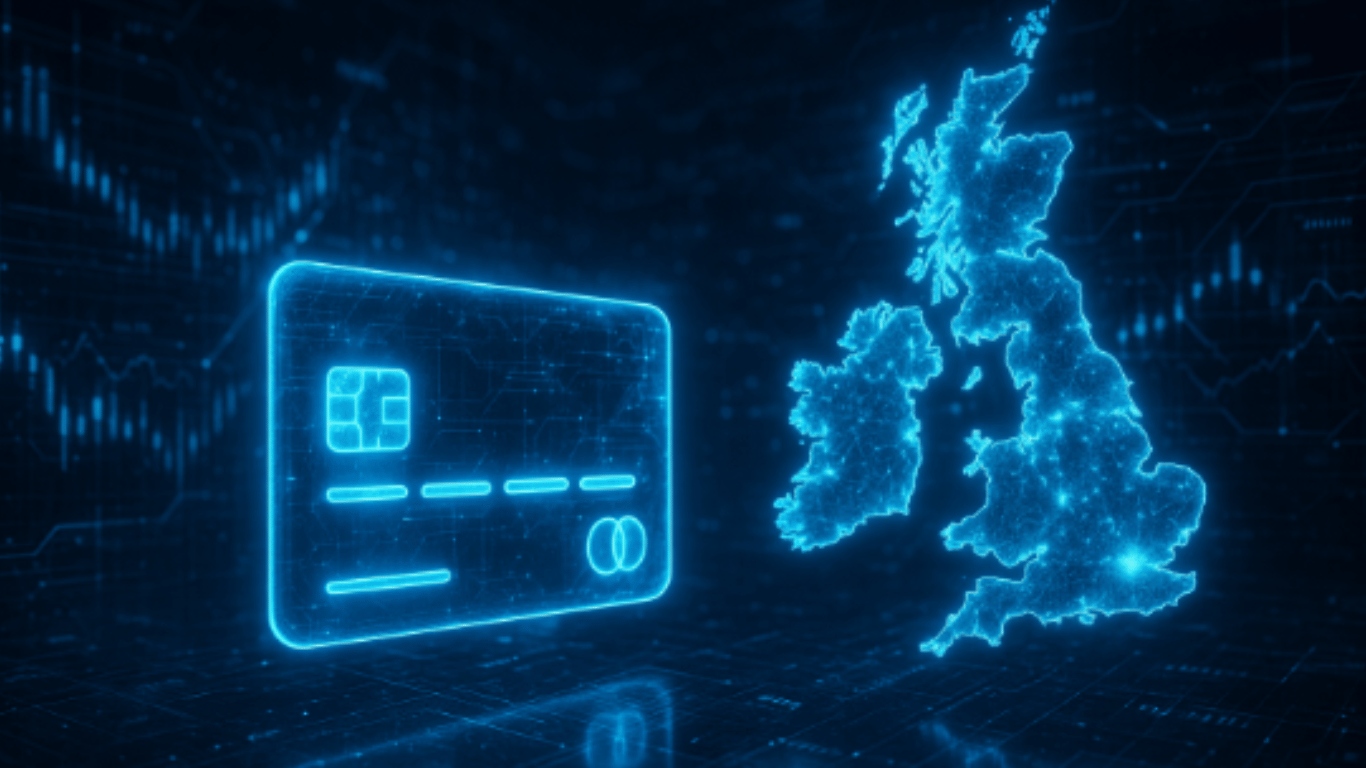Retail Revolution prompted a cultural change
Let's begin with a quick recap: Retail was one of the first sectors to have experienced a massive change through digitalization. With the rise of e-commerce, not only the landscape of physical branches and the power relations between your local corner shop and big players in the market changed. With it changed the way in which we behave. We adapt our behavior to our consuming habits – given consuming consumes quite a bit of our time. It has changed where and how we buy goods and services. Products and vendors – for us as customers – have become more transparent by means of the internet. We can compare products and services within seconds and find the cheapest price. The consumers set the direction and pace. And luckily it has become viral and spread out to other areas.
We, in our role as consumers, propelled the shift we have experienced so far. Our lives have become increasingly digital and we as consumers as well as the products we consume have become more transparent. But we are not done, yet.
FinTech indicates an overall shift to microservices
Moving away from retail to (consumer) finance, you can observe another trend: fragmentation. For ages, banks have been managing all the financial needs of everyone. Want to store your money securely? Bank. Need a loan for your house or your business? Bank. Need to transfer money? Bank. Especially these two areas of the banking business – lending and payment – have been subject to disruption by smaller competitors for some years now and banks have lost tremendous revenue to innovative and tech-savvy fintech companies. What used to be in the hands of very few institutions has been split up between numerous competitors.
There were only one a handful of options to get a loan ten years ago, which were mostly extremely time-consuming and involved providing loads of information about yourself. In this day and age you can choose between many online-lenders using sophisticated algorithms to calculate which loan you qualify for and you will receive the money only hours later. Payment has changed on several levels: not only are there several major service providers which integrate seamlessly into your preferred apps and services. But there are even alternative currencies such as Bitcoin and Ethereum based on the blockchain system.
Other areas will follow and the finance market will arguably become increasingly fragmented with more but smaller service providers, offering more diverse and individual products. Finance serves as a great example for how a new change is coming about, as the fintech scene is booming and most consumers have already used basic fintech products, if they are aware of this or not. Still, this is only the tip of the iceberg in fintech and analogous to this, many business segments are already evolving. Or are about to.
The bank will become a hub for multiple types of services
In the past two years, I've talked to many people who work in finance and banking and I always asked them one question: paint me a picture of a bank in 20 years. More often than not, I received the answer that a bank, 20 years from now, will most likely a hub for financial microservices in one way or another, with these services developed in cooperation with, or solely by, third-party companies. You can read some of the interviews here and here.
Banking and finance are changing and so will insurance, healthcare, automotive, education and even agriculture or legal services. Many areas are ripe for disruption. Through collaboration and partnerships, banks, insurances, healthcare (…) could build strong bonds under the roof of a strong brand.
Customer centricity and the brand are key
Banks are institutions which are ideal to become a central touch point for a multitude of services. Even after 2008, they are trusted by the customers more than any new challenger. If banks make use of their trustworthiness and develop a strong and intelligent branding, they have the chance to not only endure the great transformation of our service landscape, but to step out of it as the big winner.
Until then, banks will have to be open to tremendous structural alteration and put some serious effort into developing better customer experience. Because the change of the service landscape as we know it brings along increasingly sophisticated customers who are subjected to distractions from countless competing products and providers. If a bank can create an exceptional customer journey, it will rise again. If it cannot, it may just sink like a stone. Time to make a move, banks!










